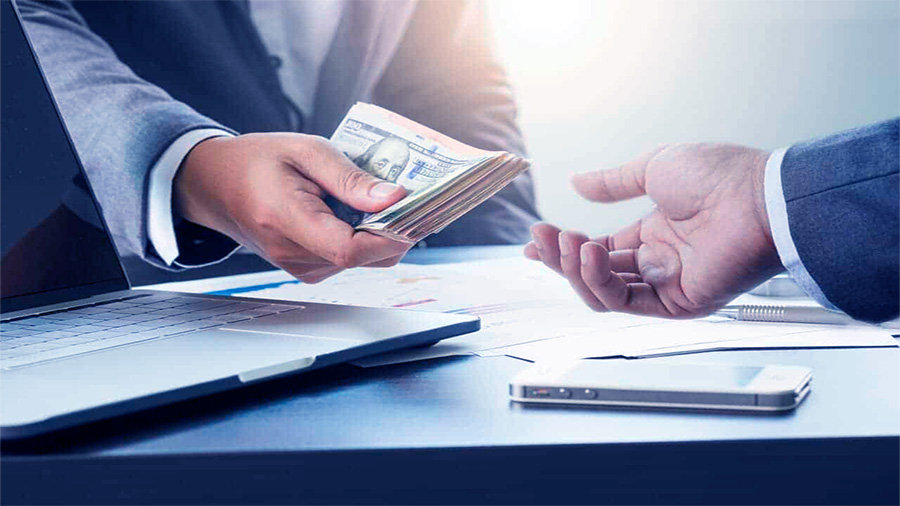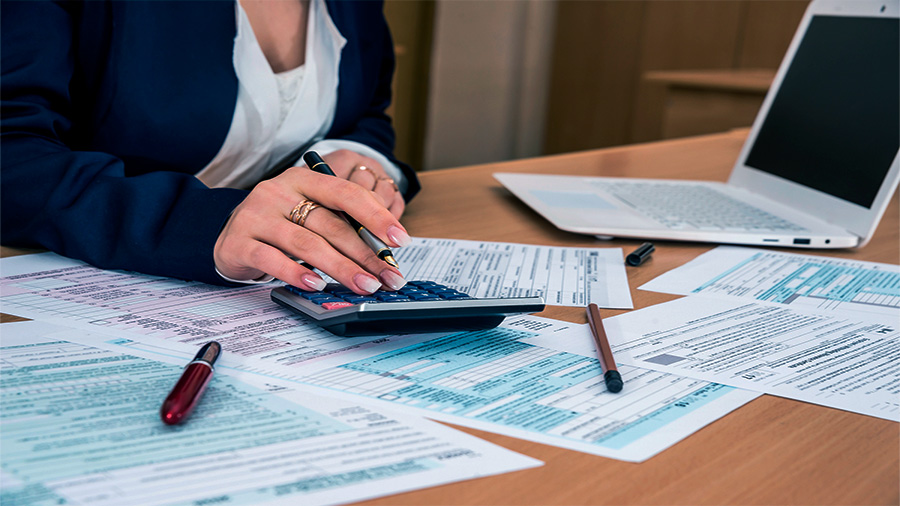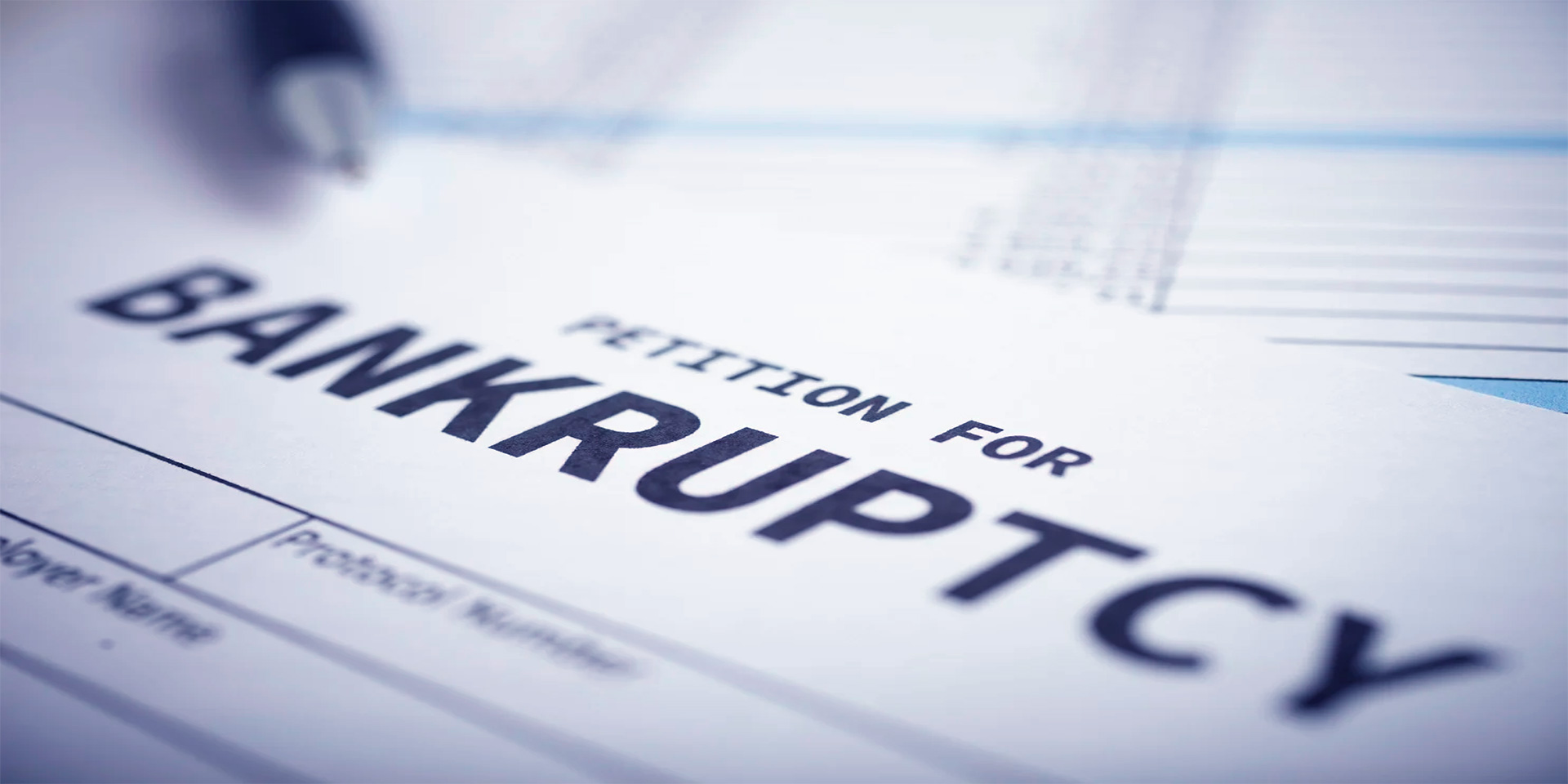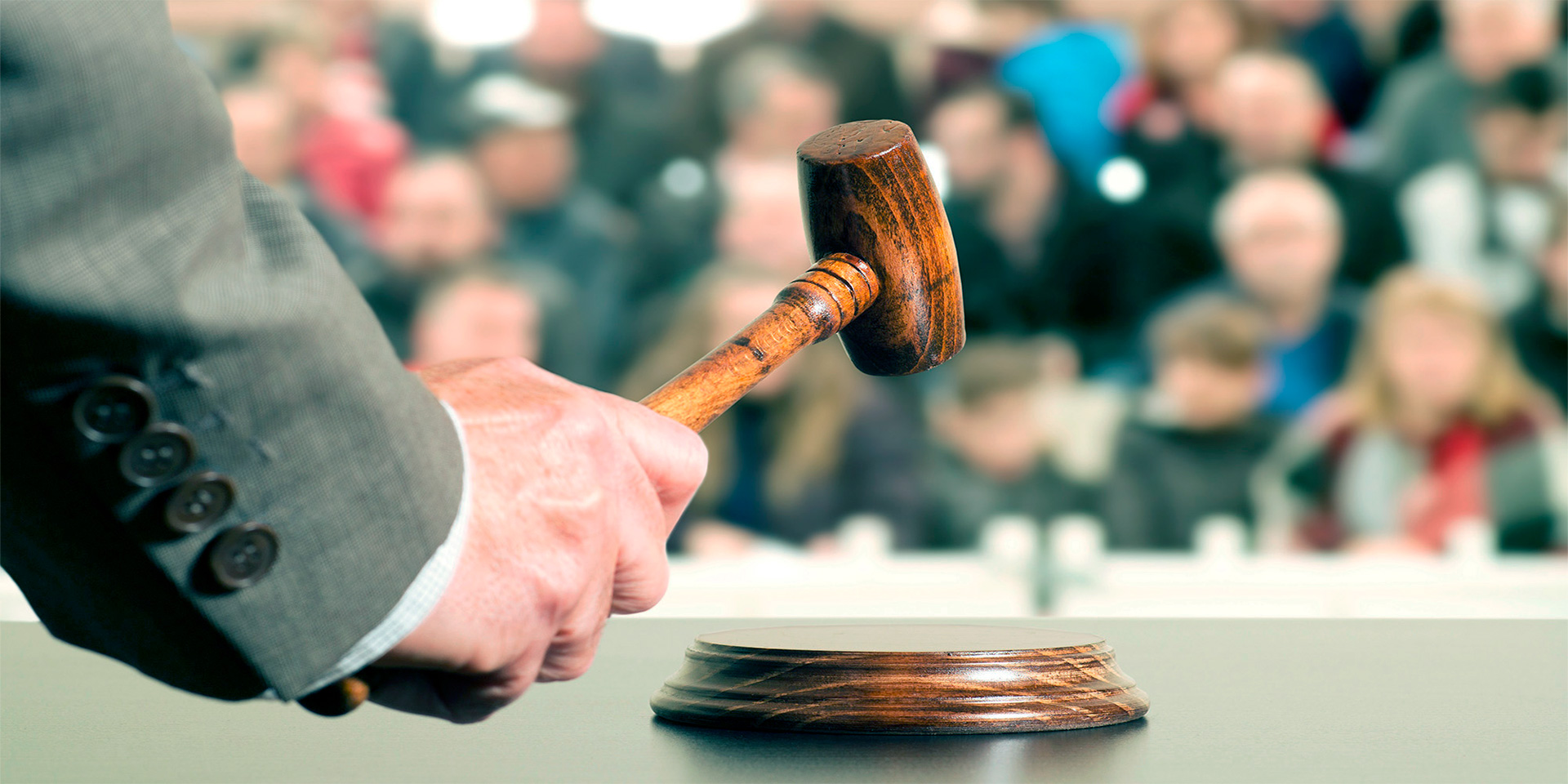Bankruptcy is often seen as a lifeline for individuals and businesses overwhelmed by debt, offering a way to reset financially. While it can eliminate or restructure debt, bankruptcy comes with significant downsides that can impact your credit, financial future, and public record. Before filing, it’s crucial to understand the long-term consequences and assess whether bankruptcy is the best solution for your financial situation. This article explores the pitfalls of bankruptcy, including its effect on credit scores, borrowing limitations, and public visibility.
How Bankruptcy Impacts Your Credit Score
One of the most immediate and severe consequences of bankruptcy is its effect on your credit score. Bankruptcy signals to lenders that you were unable to manage past debts, making you a high-risk borrower.
1. Credit Score Decline
Filing for bankruptcy can cause your credit score to drop significantly—often by 130-200 points or more, depending on your starting score. The higher your score before bankruptcy, the greater the decline.
- Impact: A lower credit score reduces your ability to qualify for loans, credit cards, or mortgages in the short term.
Example: If your credit score was 700 before filing, it may drop to around 500, pushing you into the “poor” credit category.
2. Long-Term Credit Report Consequences
Bankruptcy stays on your credit report for a long time:
- Chapter 7 Bankruptcy: Remains on your credit report for up to 10 years.
- Chapter 13 Bankruptcy: Remains for up to 7 years, as it involves a repayment plan.
During this time, your credit history reflects the bankruptcy filing, which affects lenders’ willingness to extend new credit.
3. Difficulty Rebuilding Credit
Although rebuilding credit after bankruptcy is possible, it requires time, discipline, and responsible financial behavior. Initially, you may only qualify for high-interest credit cards or loans, further increasing borrowing costs.
- Tip: Secured credit cards and on-time utility or rent payments can help rebuild your credit over time.
Bankruptcy Becomes a Public Record
Filing for bankruptcy is not a private matter; it becomes part of the public record. This visibility can have personal, social, and professional consequences, as bankruptcy information is accessible to employers, lenders, and the general public.
1. Court Records and Public Access
Bankruptcy filings are recorded in public court documents, which means anyone can access details of your financial situation, including:
- Assets and liabilities
- Creditors and amounts owed
- Income, expenses, and repayment plans
This lack of privacy can be uncomfortable, especially for individuals concerned about reputational damage.
2. Impact on Employment and Professional Licensing
While federal laws protect against employment discrimination based on bankruptcy, some employers may view it negatively, particularly for roles involving financial responsibility. In addition:
- Security Clearance: Bankruptcy can impact job applicants seeking roles in government or security-sensitive industries.
- Professional Licensing: Some fields, like law, accounting, or finance, require licensing bodies to assess financial behavior, and bankruptcy could influence decisions.
It’s essential to consider how a bankruptcy filing could affect your career opportunities or future employability.

Borrowing Limitations After Bankruptcy
Bankruptcy significantly restricts your ability to borrow money in the short and medium term. While you can still access credit, it often comes with unfavorable terms, such as high interest rates or collateral requirements.
1. Limited Loan and Credit Options
After bankruptcy, lenders view you as a higher-risk borrower. As a result:
- Securing traditional loans or credit cards becomes difficult.
- High-interest “subprime” loans may be your only option.
- Mortgage approval can be delayed for years, depending on the bankruptcy type.
Example: Most conventional mortgage lenders require a waiting period of 2-4 years after a Chapter 7 bankruptcy before considering a loan application.
2. Higher Borrowing Costs
Even if you qualify for new credit, lenders offset the risk by charging higher interest rates and fees. This can make loans or credit cards much more expensive over time.
- Impact: A $10,000 car loan for someone post-bankruptcy could come with double-digit interest rates, increasing total repayment costs.
Borrowers must weigh the true cost of credit before accepting new loan offers.
3. Difficulty Renting or Leasing
Landlords and leasing companies often perform credit checks, and a bankruptcy record can make it harder to secure rental housing or lease agreements.
- Some landlords may require higher security deposits or a co-signer.
- Others may reject applications entirely, especially for competitive rental properties.
Planning ahead and demonstrating financial responsibility can help improve your chances of securing housing post-bankruptcy.
Loss of Assets in Chapter 7 Bankruptcy
In Chapter 7 bankruptcy, non-exempt assets are liquidated to repay creditors. While exemptions exist to protect essentials like your home, car, or personal belongings, luxury items or high-value assets may be sold.
1. Asset Liquidation
Non-exempt assets, such as vacation homes, expensive vehicles, or valuable jewelry, are sold to repay creditors. While exemptions vary by state or country, individuals risk losing property during the bankruptcy process.
- Example: A second car valued above the exemption limit may be seized and sold.
It’s essential to consult legal professionals to understand asset protection options before filing.
2. Emotional and Psychological Impact
Beyond financial consequences, the loss of assets can cause emotional stress and disrupt long-term plans. For many individuals, parting with personal property adds to the already difficult process of bankruptcy.

Long-Term Financial Limitations
Bankruptcy’s effects extend well into the future, often limiting financial opportunities for several years. While it offers a chance to reset, individuals must plan carefully to avoid repeating financial missteps.
1. Limited Access to Financial Products
Post-bankruptcy, securing loans for significant expenses like a home, education, or business becomes challenging. Traditional lenders may deny applications or require stricter terms.
Impact: Limited access to credit can delay important milestones, such as homeownership or starting a business.
2. Difficulty Building Savings
Rebuilding savings after bankruptcy requires disciplined budgeting and planning. High borrowing costs or reduced income can make it difficult to create an emergency fund or invest for the future.
How to Mitigate the Downsides of Bankruptcy
While bankruptcy has serious consequences, careful planning can minimize its long-term impact:
- Seek Financial Counseling: Consult credit counselors or financial advisors to explore alternatives to bankruptcy, such as debt consolidation or repayment plans.
- Understand Your Options: Research Chapter 7 and Chapter 13 bankruptcy to determine which aligns better with your situation.
- Rebuild Credit Gradually: Use secured credit cards, make on-time payments, and monitor your credit report to rebuild financial trust.
- Protect Co-Signers: If possible, repay joint debts or negotiate with creditors to protect co-signers from financial liability.
Conclusion
While bankruptcy can provide much-needed relief for those overwhelmed by debt, it comes with significant downsides that should not be overlooked. From damaged credit scores and public records to borrowing limitations and loss of assets, bankruptcy’s consequences can impact your financial and personal life for years. Understanding these pitfalls and planning strategically can help you make an informed decision. By exploring alternatives, rebuilding credit, and seeking professional guidance, individuals can navigate the challenges of bankruptcy while laying the foundation for a stable financial future.




